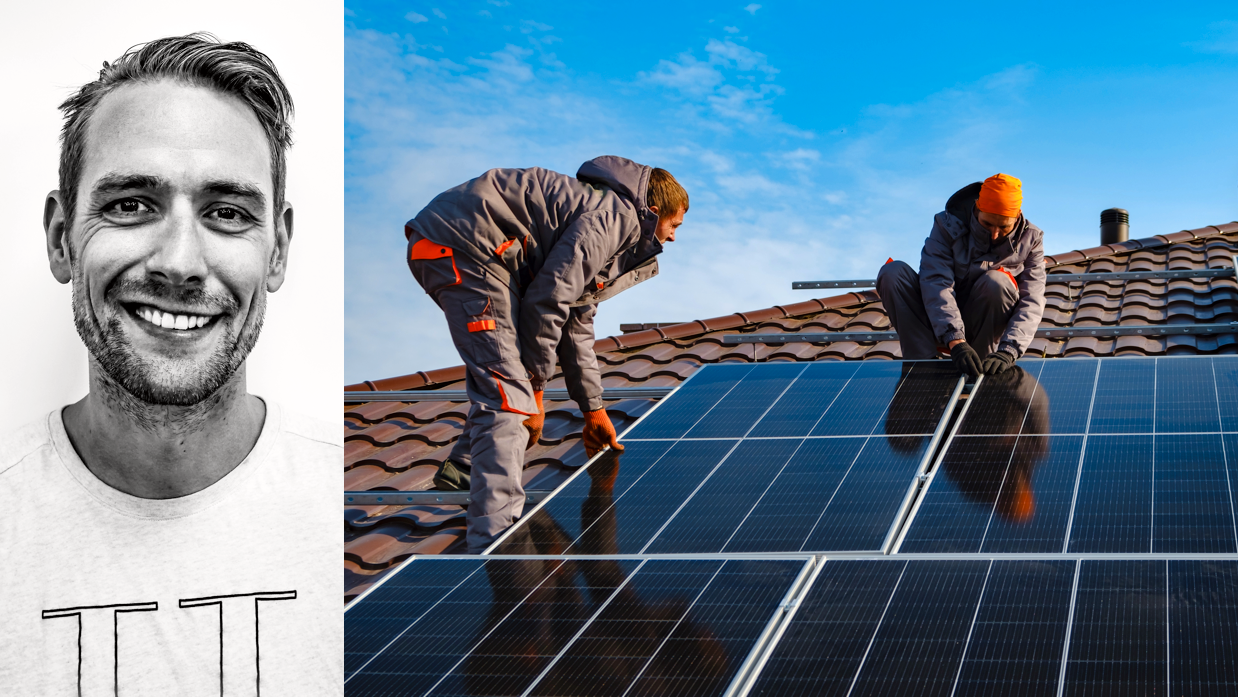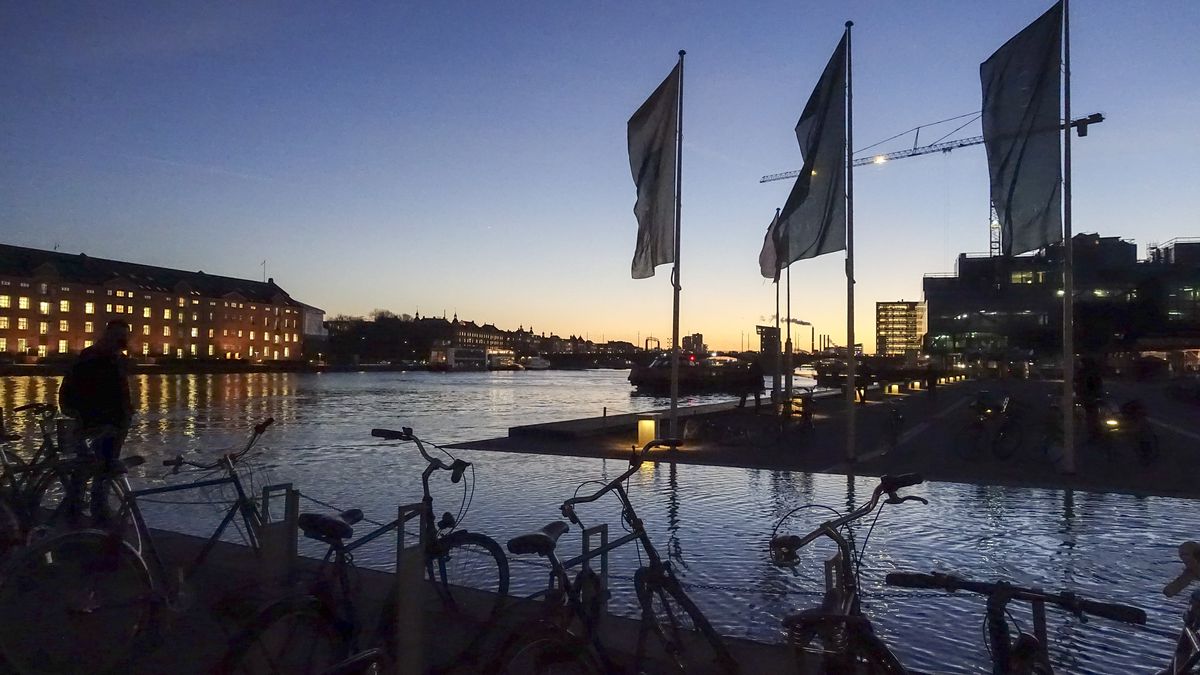CHRONICLE: Give people relief from all taxes, fees, and grid rent corresponding to the amount of power you provide to the grid from your electricity production!

Latest discussion
-
Eric Soland Tho
Consultant Engineer, MSc in Energy and Environment from NTNU
Adjustment can be challenging and demanding. To many, it may also seem both unfair and unnecessary, when all you see is the size of your electric bill and how much it costs to fill the tank.
But change can also be incredibly exciting and provide many new opportunities! What might seem difficult today would be described as a revolution when the history books look back. And like most revolutions, it’s about getting people involved.
So for a moment, let’s forget about the big picture, focus on the real driving force of the revolution, and give “Power to the People”as a renewed revolution.
There is great potential for that
To increase the overall production
From renewable energy – without
encroachment on pristine nature.
Great home potential
Fortunately, the solution is surprisingly simple: give people a real chance to influence their situation by giving a waiver of all taxes, fees, and grid rent corresponding to the amount of power you provide to the grid.
It may sound simple, but the list of positive side effects is long.
For example, investing in solar cells would be a reasonable option for most people. Combined with the untapped potential of 30-50 TWh of solar cells in existing buildings in Norway, it almost goes without saying that it would make sense to make better arrangements for more people to choose their own energy production.
By comparison, Norway produces about 155 TWh of electrical energy during a typical year, and 12 TWh of wind energy was produced in 2021.
In other words, there is great potential to increase total renewable energy production – without the need for a single intervention in an unaffected nature.
It would also free capacity from valuable hydropower and blown transmission lines, as a larger share of production takes place locally, without sound, with very little need for maintenance.
Support schemes are all well and good, but they don’t make up much of the big picture. Additional customer agreements today are also very lopsided in favor of the network owner. It is normal for network companies to argue that as long as you use the network, you must pay network rent. But are grid companies really best suited to dictating how the power system will operate in the future?
In any case, there should be no doubt that the delivery of renewable energy surpluses to the grid is an exclusive positive for society as a whole, and that it will have significant positive social and economic effects.
In many ways, it is ironic that grid companies, the core of the energy system of the future, are perhaps the biggest obstacle on the path to a sustainable future.
simple and understandable
The scheme will be as suggested as expected and has a low threshold. Low threshold because it is understandable and works the same way regardless of plant size. Predictable because you know the production you get from your facility within a year is exempt from all taxes and network rent, regardless of whether you use it directly or hand it over to the community in the first place and take it back when needed. The most important thing is that energy flows freely to ensure optimal use of resources.
Realistically, most people would likely choose to cover a portion of their energy needs—and thus pay grid rent as usual—for what exceeds their output. In many ways, it’s also fair to pay grid rent only for what you use as well as what you produce, because that’s what essentially means an increase in the overall need for energy and the need to invest in the power grid.
Electric cars as intermediate storage
Very soon, all new electric cars will be able to return electricity to the grid. Thus, each individual vehicle will be able to act as a safety valve that can relieve the network when needed, thus reducing the need for investments in the network. The scheme does not, as suggested, differentiate whether the power comes from a car battery or solar panels, and thus welcomes both as part of future energy supplies.
Once again, the social and economic gains are significant. So large that the value-added tax regime for cars that can function as an integral part of the energy supply must continue in the future, when these cars arrive. The exemption from VAT will be a direct investment in the energy system of the future.
Read also
Klaus Mohn: “The Word and the Oil Wealth”
The best of both worlds
Probably the most important thing for most people is to make a bigger impact on their situation. This, in turn, will increase interest and awareness of personal consumption and thus provide a strong incentive for tax-free consumption and network rent for as long as possible.
Practically speaking, you get the best of both worlds, as it becomes possible to be ‘self-sufficient’, without being isolated.
Facilitating the desire for more people to produce their energy is the long-term solution we need. Hence it is less than can be said for most people if the price of electricity is high or if filling the tank is expensive.
Subsidizing the force may help maintain politicians’ popularity in the short term, and although some rely entirely on subsidies to make ends meet, there is no permanent solution. As an intermediate solution, it was interesting that the subsidy was given, rather than paid, as an Enova credit, which could only be used for energy measures. Everything from energy tips to solar cells, heat pumps, after insulation, smart control and more.
Because it always pays to think long term, unless you are a politician.
Perhaps the technological solutions specifically required in a society based on 100 percent renewable energy will be the ones Norway will live in the future?

“Web specialist. Lifelong zombie maven. Coffee ninja. Hipster-friendly analyst.”





